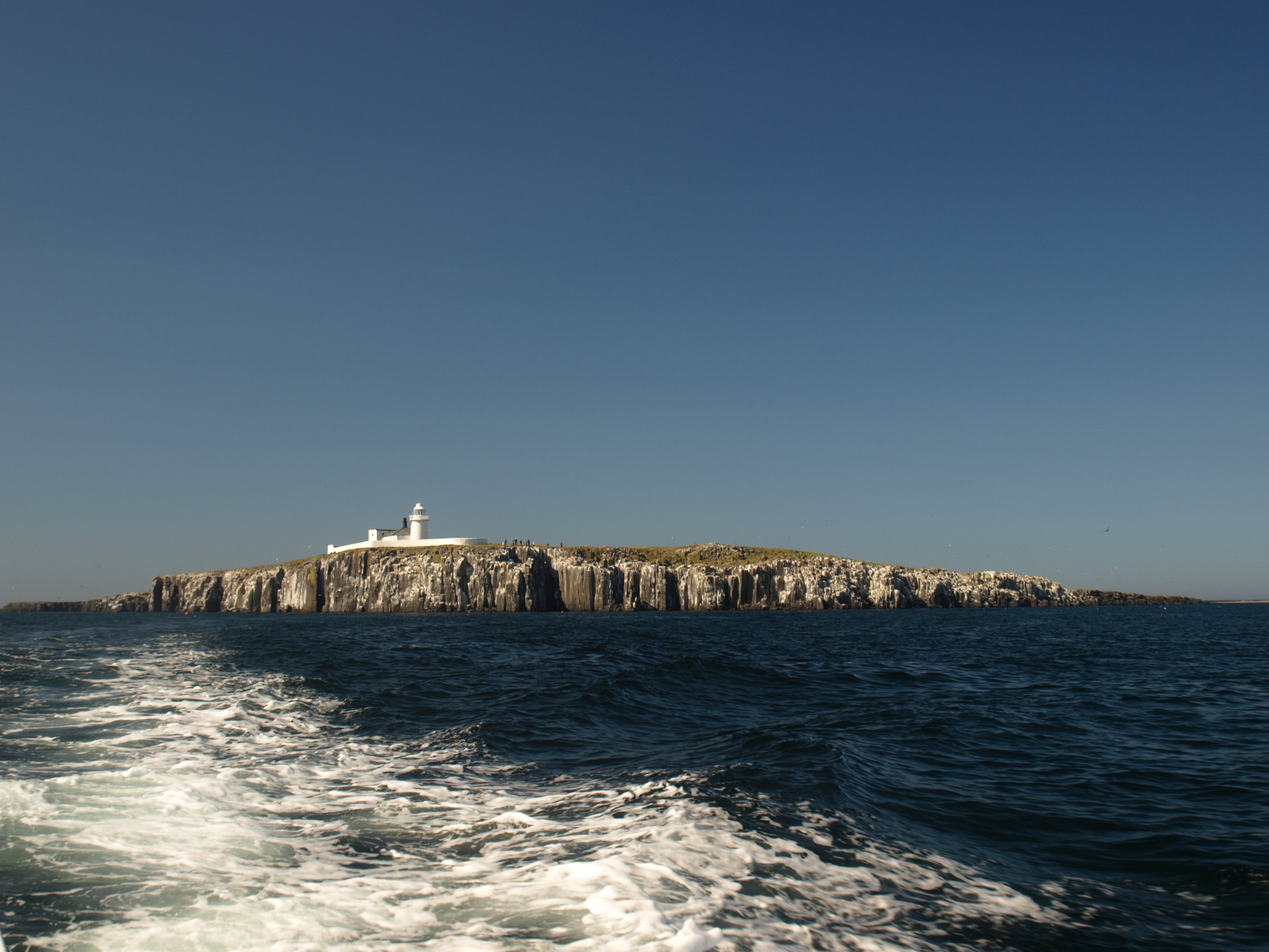Æthelwold (hermit) on:
[Wikipedia]
[Google]
[Amazon]
 Saint Æthelwold of Farne (also spelled Aethelwald, Ethilwold, etc.) was a late 7th-century
Saint Æthelwold of Farne (also spelled Aethelwald, Ethilwold, etc.) was a late 7th-century
Newman Reader: History of St. Edelwald
Northumbrian saints 7th-century English clergy English hermits 7th-century births 699 deaths English Christian monks 7th-century Christian saints 7th-century Christian monks {{England-saint-stub
 Saint Æthelwold of Farne (also spelled Aethelwald, Ethilwold, etc.) was a late 7th-century
Saint Æthelwold of Farne (also spelled Aethelwald, Ethilwold, etc.) was a late 7th-century hermit
A hermit, also known as an eremite ( adjectival form: hermitic or eremitic) or solitary, is a person who lives in seclusion. Eremitism plays a role in a variety of religions.
Description
In Christianity, the term was originally applied to a C ...
who lived on Inner Farne
The Farne Islands are a group of islands off the coast of Northumberland, England. The group has between 15 and 20 islands depending on the level of the tide.
, off the coast of the English
English usually refers to:
* English language
* English people
English may also refer to:
Peoples, culture, and language
* ''English'', an adjective for something of, from, or related to England
** English national ...
county of Northumberland
Northumberland () is a county in Northern England, one of two counties in England which border with Scotland. Notable landmarks in the county include Alnwick Castle, Bamburgh Castle, Hadrian's Wall and Hexham Abbey.
It is bordered by land ...
.
Little is known about this man, apart from what is recorded in the writings of the Venerable Bede
Bede ( ; ang, Bǣda , ; 672/326 May 735), also known as Saint Bede, The Venerable Bede, and Bede the Venerable ( la, Beda Venerabilis), was an English monk at the monastery of St Peter and its companion monastery of St Paul in the Kingdom ...
. Æthelwold was both a priest
A priest is a religious leader authorized to perform the sacred rituals of a religion, especially as a mediatory agent between humans and one or more deities. They also have the authority or power to administer religious rites; in partic ...
and a monk
A monk (, from el, μοναχός, ''monachos'', "single, solitary" via Latin ) is a person who practices religious asceticism by monastic living, either alone or with any number of other monks. A monk may be a person who decides to dedic ...
from Ripon Abbey
Ripon () is a cathedral city in the Borough of Harrogate, North Yorkshire, England. The city is located at the confluence of two tributaries of the River Ure, the Laver and Skell. Historically part of the West Riding of Yorkshire, the c ...
. Being desirous of some solitude, he succeeded to the tiny hermitage of Saint Cuthbert on Farne, after the latter's death in 687. He, however, found it so drafty that he was obliged to make much needed repairs using a calfskin
Calfskin or calf leather is a leather or membrane produced from the hide of a calf, or juvenile domestic cattle. Calfskin is particularly valuable because of its softness and fine grain, as well as durability. It is commonly used for high-quali ...
. The best-known story about Æthelwold, relates how the future Abbot Guthrid visited him on his island with two Lindisfarne
Lindisfarne, also called Holy Island, is a tidal island off the northeast coast of England, which constitutes the civil parish of Holy Island in Northumberland. Holy Island has a recorded history from the 6th century AD; it was an important ...
monks and, on his journey home, was saved from shipwreck by the saint's prayers. Æthelwold died on 23 March (which is his feast day) 699 (not 720 as is sometimes stated). He was buried with Cuthbert and, like him, was eventually enshrined
A shrine ( la, scrinium "case or chest for books or papers"; Old French: ''escrin'' "box or case") is a sacred or holy sacred space, space dedicated to a specific deity, ancestor worship, ancestor, hero, martyr, saint, Daemon (mythology), daem ...
in Durham Cathedral
The Cathedral Church of Christ, Blessed Mary the Virgin and St Cuthbert of Durham, commonly known as Durham Cathedral and home of the Shrine of St Cuthbert, is a cathedral in the city of Durham, County Durham, England. It is the seat of t ...
. He should not be confused with his near contemporary, Saint
In religious belief, a saint is a person who is recognized as having an exceptional degree of holiness, likeness, or closeness to God. However, the use of the term ''saint'' depends on the context and denomination. In Catholic, Eastern Or ...
Æthelwold of Lindisfarne Æthelwold was a common Anglo Saxon name. It may refer to: Royalty and nobility
*King Æthelwold of Deira, King of Deira, d. 655
*King Æthelwold of East Anglia, King of East Anglia, d. 664
*King Æthelwold Moll of Northumbria, King of Northumbr ...
.
References
*Farmer, David Hugh. (1978). ''TheOxford Dictionary of Saints
The ''Oxford Dictionary of Saints'' by David Hugh Farmer is a concise reference compilation of information on more than 1300 saints and contains over 1700 entries. It is published by Oxford University Press
Oxford University Press (OUP) is t ...
''. Oxford: Oxford University Press
Oxford University Press (OUP) is the university press of the University of Oxford. It is the largest university press in the world, and its printing history dates back to the 1480s. Having been officially granted the legal right to print book ...
.
;Specific
External links
*Newman Reader: History of St. Edelwald
Northumbrian saints 7th-century English clergy English hermits 7th-century births 699 deaths English Christian monks 7th-century Christian saints 7th-century Christian monks {{England-saint-stub